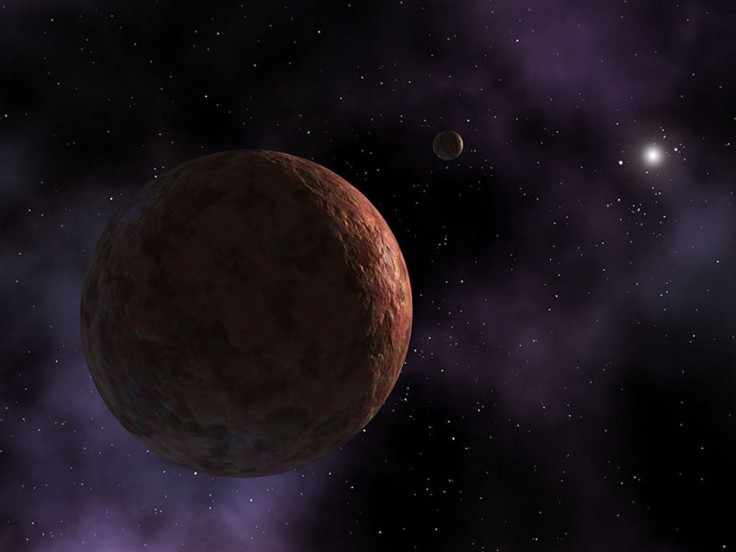New Planet Discovered in Solar System, It Is Now The Most Distant Known Object by Scientists

A dwarf planet has been discovered and it happens to be the most distant object in the solar system that scientists know about.
The planet similar in size to Huya which was earlier considered "likely" to be a dwarf plant. News Scientist has reported that 2012 VP113 orbits far beyond Pluto. It has been temporarily named as 2012 VP113 and it is considered among the list of "likely" dwarf planets. According to Professor Mike Brown, until March 27, 2014; there are 10 objects which are "nearly certainly" dwarf planets. There are 24 objects which are "highly likely" to be dwarf planets. There are 45 objects which are "likely" to be dwarf planets. There are 79 objects which are "probably" dwarf planets whereas 341 objects which are "possibly" dwarf planets.
2012 VP113 was noticed in the images which were shot in November 2012. While Earth is situated 1 astronomical unit away from the sun, this planet is 80 AU away. Scott Sheppard and his colleagues at the Carnegie Institution for Science in Washington, DC, discovered that the planet was a lump of ice and rock.
So far, planetoid Sedna, discovered in 2003, held the record of being the most distant known entity in the solar system while staying 76 AUs away from the sun. However, 2012 VP113 beats it emphatically. Such objects which orbit so far from the sun help scientists know more about the earlier phase of the solar system. They are so distantly situated that the gas planets cannot perturb them. However, they are too near to the sun to be influenced by the gravity of other entities in the galaxy. That is why these planets' behaviour and orbits have stayed almost the same since the day they were originally formed. More such objects in the region will help scientists "constrain the possible formation scenarios."
With the discovery of 2012 VP113, the number of objects known in the specific area now becomes two. Earlier, there was only one object used to be known to scientists. According to the research team, there are several others which exist in the same region and are "waiting to be discovered." Mr Sheppard said that Pluto used to be unique for more than 70 years. However, it has been learned that Pluto shares its orbit with thousands of other objects, he said. According to Mr Sheppard, Sedna remained unique for around 10 years. Nevertheless, 2012 VP113 and Sedna proved that they are "just the tip of the iceberg."




















